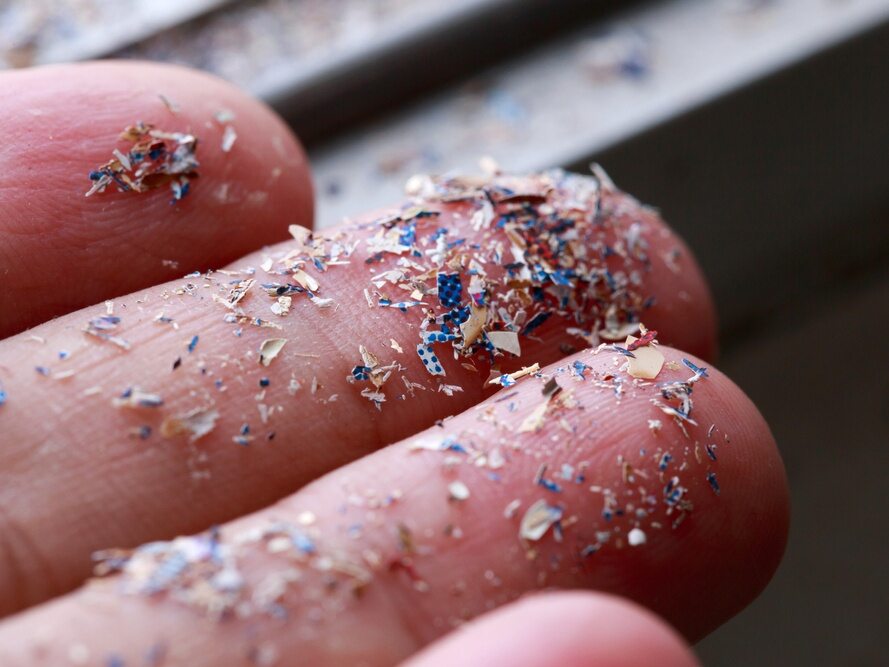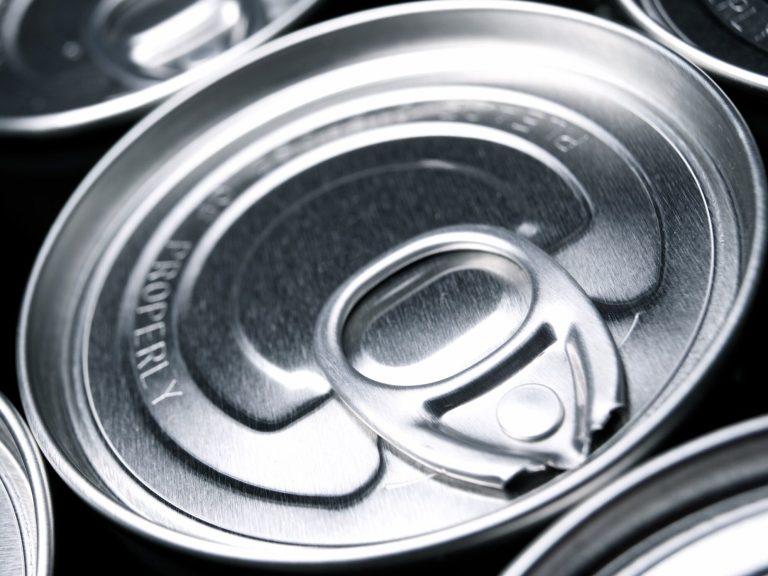Scientists have discovered plastic in humans and they don’t really know what the consequences will be

Plastic is officially everywhere. After it was found in the deepest parts of the oceans, scientists also found it in human blood.
Mircoplastic, i.e. microscopic particles of plastic invisible to the naked eye, have already been found in fish stomachs, on the top of Everest, and at the bottom of the Mariana Trench. Scientists from two universities in Amsterdam have now found microplastics in human blood.
A group of scientists from the Medical University of Amsterdam and Vrije University conducted a study to find microplastics in human blood. For this purpose, they analyzed samples of 22 healthy, anonymous donors. They found plastic particles larger than 700 nanometers in 17 samples.
The challenge for the team was to ensure the cleanliness of the measurement tools so as not to contaminate the samples with plastic from the outside. The researchers used two methods to detect the chemical composition and size of the molecules. The plastic discovered in the blood was primarily PET, a mixture commonly used in clothing and drinking bottles, and a styrene polymer used in food packaging and cars.
On average, scientists detected 1.6 micrograms of plastic per 1 milliliter of blood, but there were also samples in which the plastic concentration was 7 micrograms per milliliter.
So far, scientists do not know what effect microplastics in the body may have on human health. Studies on mice show that the accumulation of microplastics in tissues can cause health problems, but the results of these studies cannot be directly translated to humans.
The problem of plastic pollution may intensify in the coming decades, as more and more waste from this material will end up in the seas and oceans. According to forecasts, the amount of plastic in the world will double by 2040.






